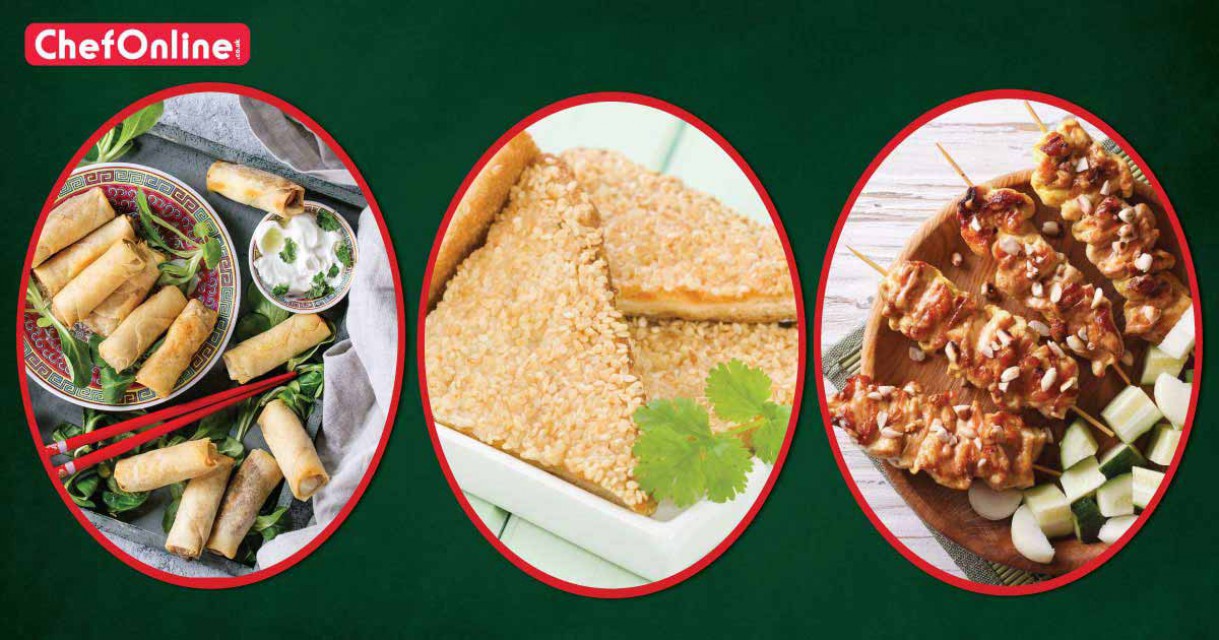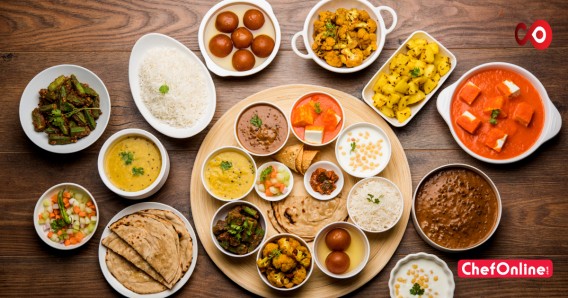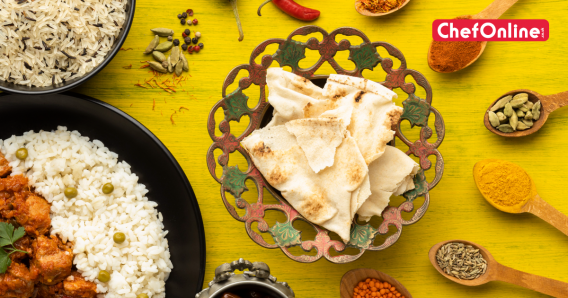Chinese Cuisine is a pre-dominant favourite in the UK and if asked why, we will come up with precise yet biased opinions. For some it’s the flavours while for others it’s the cooking style. Some prefer the healthy boiled version, while others die for the sesame oil and chili oil drenched, tongue-tickling version. China itself is a huge nation and if researched well, we can’t help appreciate the cuisine traditions that are centuries old.
The featured spice today is Sichuan Pepper Corn, which is a staple in the cuisine of the Sichuan province. In the UK, taste buds crave spices and Sichuan Pepper Corns are devoured. Let’s walk through the history and flavours of Sichuan pepper to help understand the craving better.
Sichuan Pepper Corn, also popular as Szechuan, is a fragrant and mouth-numbing spice and is similarly aromatic to lavender. However, the main reason for its fame lies in the potent numbing sensation it causes. When combined with chili peppers, another key ingredient of Szechuan Cuisine, the numbing effect significantly reduces the heat of chili peppers, thus leaving diners with the lingering intense and fruity flavor.
Sichuan peppercorn is not an as spicy as black peppercorns. The mouth tingling effect enhances the taste. The pepper is widely available in the Sichuan province of China and its widespread use in almost all traditional dishes, has given rise to Sichuan Cuisine.
Sichuan Peppercorn Origin
Sichuan peppercorn is not a real pepper. It neither belongs to the Piper Nigrum family like black pepper nor is it related to chili pepper. It is rather a part of the Zanthoxylum shrub family having a pinkish-red outer husk. The husk around these seeds is used as the Sichuan peppercorn spice. They may be used whole form, roasted or ground into fine powder. The name, Sichuan, originates from Northern China, which was spelled as Szechuan in English.
The spice is commonly known as Sichuan pepper, flower peppercorn, flower pepper, prickly ash, hua jiao in Mandarin, and hot pepper.
Culinary Uses of Sichuan Pepper Corn
Sichuan Pepper Corn is an integral part of several dishes such as bang bang ji (chicken), Szechuan beef, dan dan noodles, Kung Pao Chicken and others. It is also one of the five key ingredients that make up the popular Chinese five-spice powder with others like fennel, clove, cinnamon, and star anise.
Almost all the recipes include roasted and ground peppercorns. You may like to discard its tiny black seeds in case if they are gritty. Ground Sichuan peppercorns are used for making infused Szechuan peppercorn oil too. It is often paired with salt for a flavorful Szechuan pepper salt that serves as a popular condiment with all kinds of meat dishes.
Where to buy Sichuan Pepper Corn
Sichuan peppercorn could be imported into the USA from 1968 to 2004, as it was banned. The ban was imposed to prevent the rapid spread of citrus canker that could potentially damage the citrus crops of the USA. However, the ban was lifted later on.
Sichuan peppercorn is available in the Asian markets and some spice purveyors. It is sold under various names like dehydrated prickly ash, dried prickly ash, Indonesian lemon pepper, flower pepper etc. Store it in a sealed jar and keep it away from direct sunlight.
Why does Sichuan Peppercorn leave a Tingling Sensation in the Mouth?
Sichuan peppercorns contain tiny hydroxyl-alpha-sanshool molecules. Just as chili peppers contain capsaicin, Sichuan peppercorn interact with the nerve cell receptors in the mouth and lips. It stimulates the touch sensors and causes numbness. Researchers reveal that it triggers the Meissner receptors and causes them to shoot a message to the brain that creates a stimulating reaction. Due to stimulation, the area feels numb.
Next time you adventure in a Chinese Restaurant or order a takeaway at home or work, you will know the unique sensation that Sichuan Pepper Corns causes in your taste buds.






